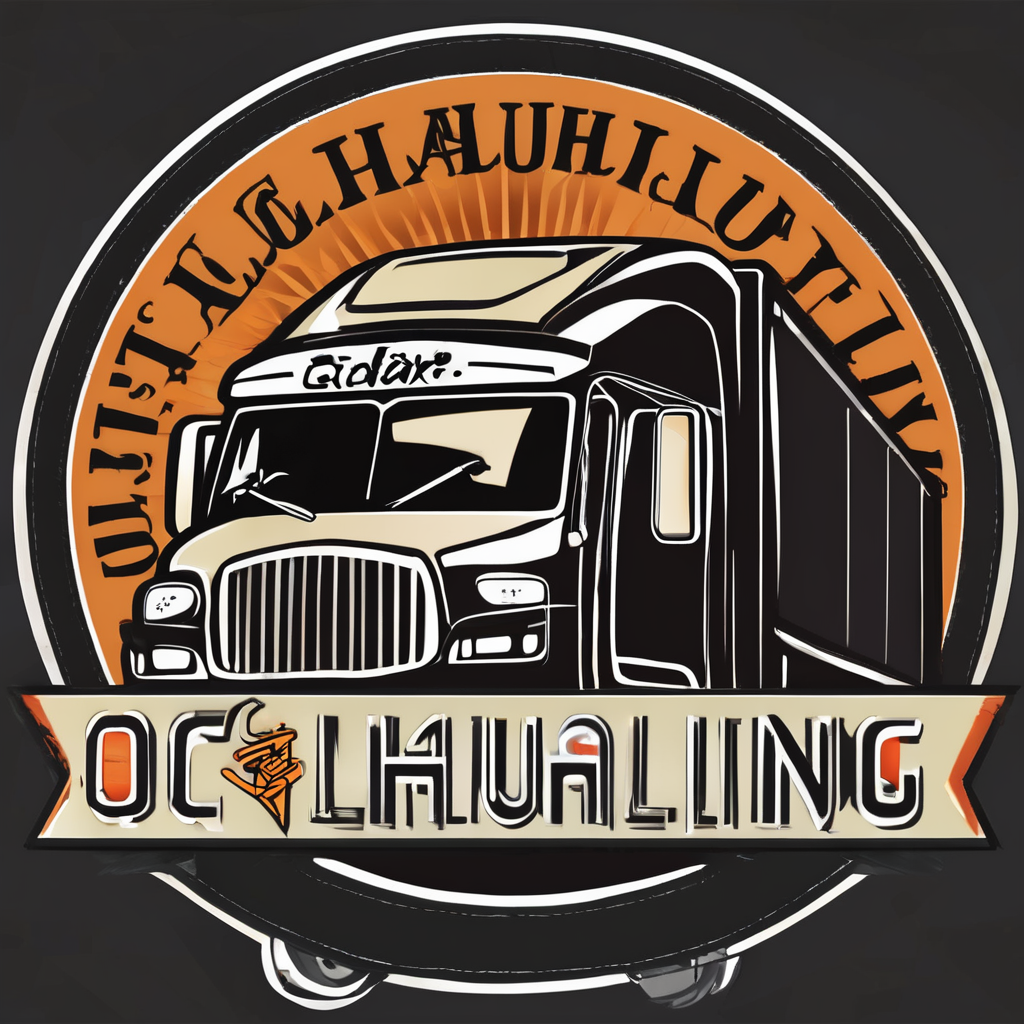Relocating a commercial gym from one city to another in the UK is no small feat. It involves careful planning, coordination, and substantial manpower. You need to consider the logistics of moving heavy and bulky gym equipment, possible disruption to your business operations and members, and the associated costs.
In this article, we’ll guide you through the process of effectively moving your gym’s equipment from one city to another. We’ll discuss how to plan your move, choose the best time to relocate, select the right transportation and installation companies, and manage the costs. We’ll also touch on how to minimise disruption to your members and maintain your gym’s Google search ranking during the move.
A lire également : What are the specific legal and logistical considerations for moving a gun collection within the UK?
Planning the Move
Any significant project requires a good plan, and moving a gym is no exception. This is the time to involve all key stakeholders, from your business partners and employees to your members and the local health authorities.
You’ll need to take an inventory of your gym’s equipment, noting down details such as its size, weight and any special handling requirements. It’s also a good idea to take photos of each item to serve as a reference during reinstallation.
A lire en complément : Can you provide advice on how to decommission and relocate a small wind turbine in rural UK?
Next, investigate the legal requirements for transporting gym equipment between cities in the UK. This might involve permits for oversized loads, health and safety regulations, and insurance. It would be wise to consult with a legal expert in this area.
Lastly, consider the layout of your new location and how your equipment will fit in. You might need to make adjustments or renovations to accommodate larger pieces of equipment.
Choosing the Right Time
Timing is crucial when moving a commercial gym. You’ll want to minimise disruption to your members’ training routines and your business operations. But, at the same time, you need to ensure that the move happens at a pace that guarantees the safety of your equipment and staff.
Generally, the best time to plan a move is during off-peak hours when there are fewer members using the gym. This could be late at night or early in the morning. Alternatively, you might choose to make the move during a holiday period when people are less likely to visit the gym.
Another factor to consider is the weather. Rain or snow can make it more difficult and risky to transport heavy gym equipment. So, it’s good to check the weather forecast ahead of time.
Selecting the Right Transportation and Installation Companies
Moving gym equipment requires specialist transportation and installation companies. These companies have the necessary equipment, expertise, and insurance to move heavy and bulky items safely.
When selecting a company, consider their reputation, experience, and costs. You can use Google to find and compare companies, read reviews, and request quotes.
Ensure the company you choose has experience in moving gym equipment specifically. Ask them about their process, how they protect your equipment during transit, and what their policy is if something gets damaged.
Once you’ve chosen a company, work closely with them to coordinate the move. Share your inventory and photos, discuss the layout of your new location, and agree on a schedule.
Managing the Costs
Moving a commercial gym can be costly. But, with careful planning and smart decision-making, you can control the costs.
Firstly, get multiple quotes from transportation and installation companies. This will give you a sense of the market rate and help you negotiate a better deal.
Remember, the cheapest quote is not always the best. It’s important to consider the quality of service as well. A cheaper company might end up costing you more in the long run if they damage your equipment or take too long to complete the move.
Consider also the cost of downtime. Your gym will likely be closed during the move, which means you’ll be losing revenue. Factor this into your budget and think about ways to minimise downtime, such as moving in stages or offering temporary alternative training options for your members.
Maintaining Your Google Search Ranking
Finally, consider the impact of the move on your gym’s online presence. If people search for gyms in your old location, you want to ensure they find your new location instead.
To maintain your Google search ranking, update the address on your Google My Business profile as soon as possible. Also, update your website, social media profiles, and any other online directories where your gym is listed.
You might also consider running a Google AdWords campaign targeting your new location. This can help attract new members and boost your visibility in the local market.
Remember, moving a commercial gym is a big undertaking but with the right planning, resources and support, you can ensure a smooth transition from one city to another.
Prioritizing Safe Equipment Removal and Installation
Moving a commercial gym’s equipment safely is always the topmost priority. Gym equipment, whether it’s free weights, machines, or functional training gear, can be incredibly heavy and bulky. This equipment requires special handling during the removal to prevent damage and ensure the safety of those involved in the process.
The job of equipment removal must be carried out by professionals with the right knowledge, experience, and tools. They understand the intricacies of disassembling, packing, transporting, and reinstalling gym equipment. The best removal companies employ teams of skilled workers who are trained to handle heavy, costly, and delicate gym items.
Once the equipment reaches the new location, careful installation is key to getting your gym up and running quickly. This involves more than just placing the equipment in the right spots. It may also involve setting up complex machines, adjusting settings, and ensuring everything is in perfect working order.
During both removal and installation, the involvement of professional trainers or experts can be beneficial. They have a deep understanding of how the equipment works and how it should be set up to best serve gym users. Personal trainers and fitness coaches can guide the placement of the equipment, ensuring it supports effective workouts and maintains a user-friendly environment.
Remember, the incorrect handling of fitness equipment could lead to injuries, damage, increased downtime and unexpected costs. Thus, prioritizing safe removal and installation is key for a smooth and successful gym relocation.
Conclusion: A Strategic Approach to Open a Gym in a New Location
Moving a commercial gym from one city to another in the United Kingdom is no easy task. It involves careful planning, choosing the right time, selecting dependable transportation and installation companies, managing costs, and maintaining your online presence.
Your gym’s success in the new location greatly depends on how you execute each of these steps. A detailed business plan, well-executed move, and strategic marketing efforts can attract new gym members and retain existing ones. The fitness industry is competitive, but with the right approach and resources, your gym can thrive in its new home.
In conclusion, relocating a commercial gym entails more than just physical movement. It’s a strategic move that, if executed correctly, can open up new opportunities and possibilities for your business in the fitness market. Whether you’re expanding or simply changing scenes, your gym’s relocation can be a stepping stone to greater success in the fitness industry.
Remember, every challenge faced during this process is an opportunity for growth. Make sure to involve your team, engage your members, and rely on professionals where necessary. With careful planning and execution, you can turn your gym relocation into a successful venture.






